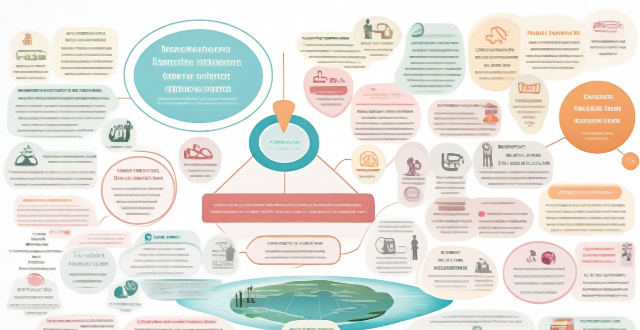Reporting on environmental impact is crucial for businesses as part of their CSR initiatives. Best practices include setting clear objectives and goals, collecting relevant data, analyzing environmental footprint, developing an action plan, communicating findings, encouraging stakeholder engagement, and continuously improving the reporting process. By following these steps, businesses can demonstrate their commitment to sustainability and transparency while providing valuable information to stakeholders about their environmental performance.

Best Practices for Businesses to Report on Their Environmental Impact as Part of Their CSR Initiatives
Reporting on environmental impact is a crucial component of corporate social responsibility (CSR) initiatives. It helps businesses demonstrate their commitment to sustainability and transparency, while also providing valuable information to stakeholders about the company's environmental performance. Here are some best practices for businesses to report on their environmental impact:
1. Set Clear Objectives and Goals
Before starting any reporting process, it's essential to establish clear objectives and goals for your environmental impact reporting. These should be aligned with your overall CSR strategy and reflect the specific areas where you want to make a positive impact. Some common objectives include reducing greenhouse gas emissions, conserving water resources, minimizing waste generation, and promoting renewable energy sources.
2. Collect Relevant Data
To accurately report on your environmental impact, you need to collect relevant data from various sources within your organization. This may include energy consumption records, waste management reports, water usage statistics, and more. Ensure that the data is accurate, up-to-date, and consistent across all departments and locations.
3. Analyze Your Environmental Footprint
Once you have collected the necessary data, analyze your environmental footprint to identify areas where you can improve. This analysis should consider both direct and indirect impacts, such as those related to supply chain activities. Use tools like life cycle assessments (LCAs) or carbon footprint calculators to help quantify your environmental impact.
4. Develop an Action Plan
Based on your analysis, develop an action plan outlining specific steps you will take to reduce your environmental impact. This plan should include measurable targets and timelines for achieving them. For example, if you aim to reduce your greenhouse gas emissions by 20% over the next two years, your action plan might include investing in energy-efficient technologies or implementing a recycling program.
5. Communicate Your Findings
Effective communication is key when it comes to reporting on your environmental impact. Create a comprehensive report that outlines your objectives, methodology, findings, and action plan. Use clear language and visual aids like charts and graphs to make the information accessible to a wide audience. Consider publishing your report on your website or sharing it through social media channels to reach a broader audience.
6. Encourage Stakeholder Engagement
Engage with stakeholders throughout the reporting process to ensure that your efforts align with their expectations and concerns. This could involve conducting surveys or focus groups to gather feedback or collaborating with external organizations to validate your findings. By involving stakeholders in the process, you can build trust and foster long-term relationships based on transparency and accountability.
7. Continuously Improve Your Reporting Process
Finally, continuously review and improve your reporting process to ensure that it remains effective and relevant over time. This may involve updating your objectives and goals, refining your data collection methods, or incorporating new metrics into your analysis. By staying committed to continuous improvement, you can demonstrate your ongoing dedication to sustainability and transparency.